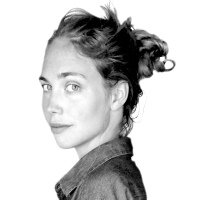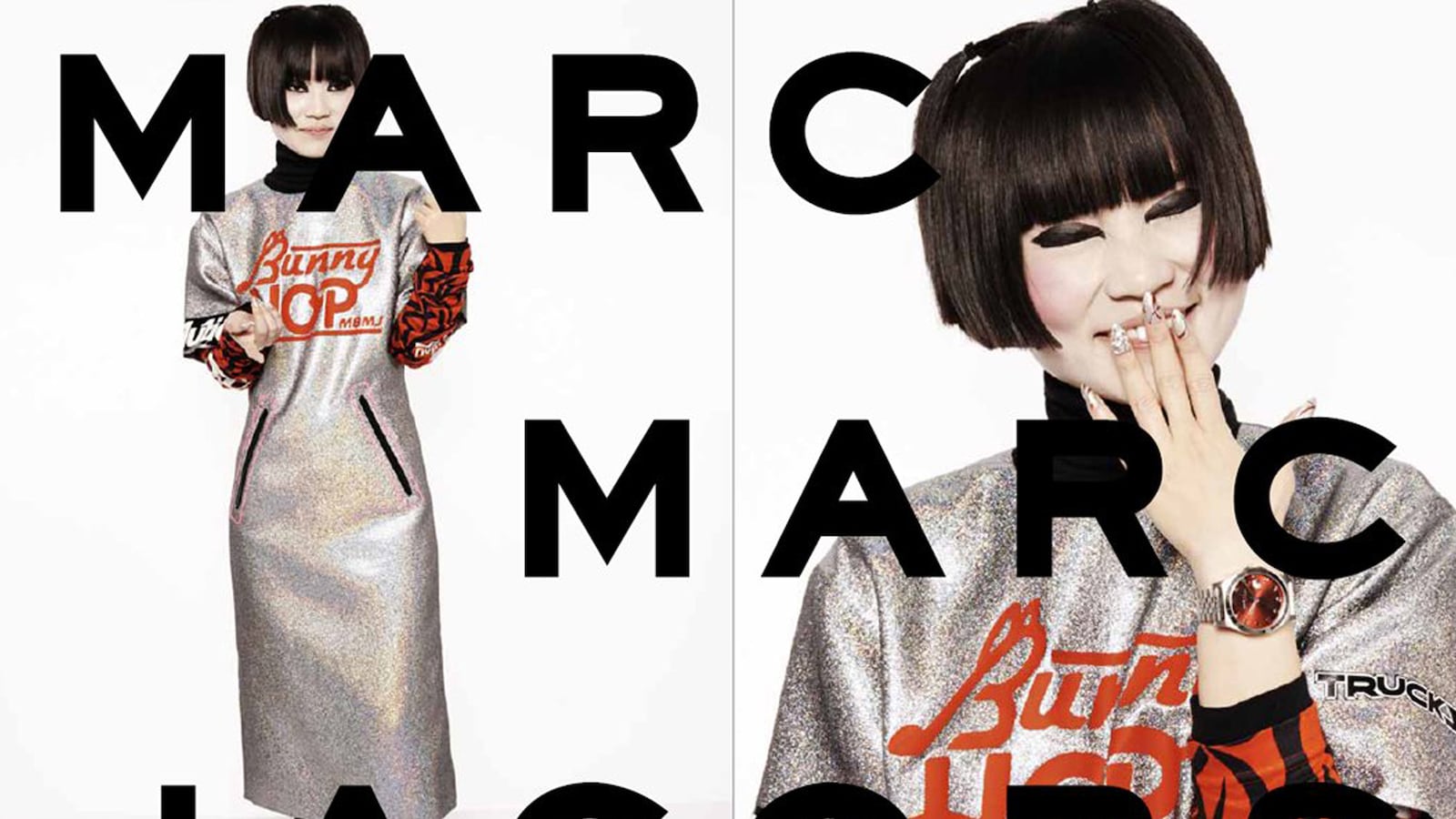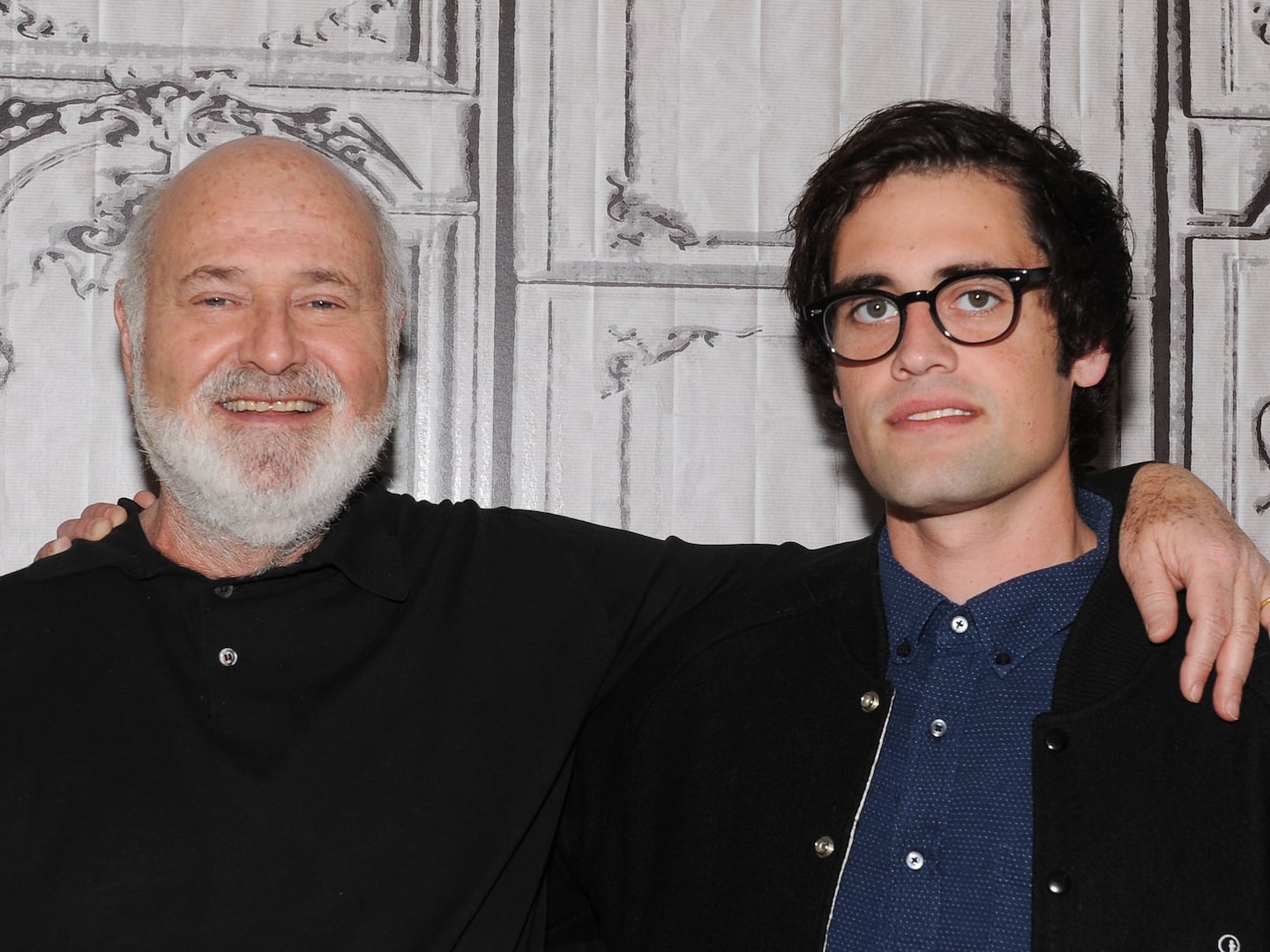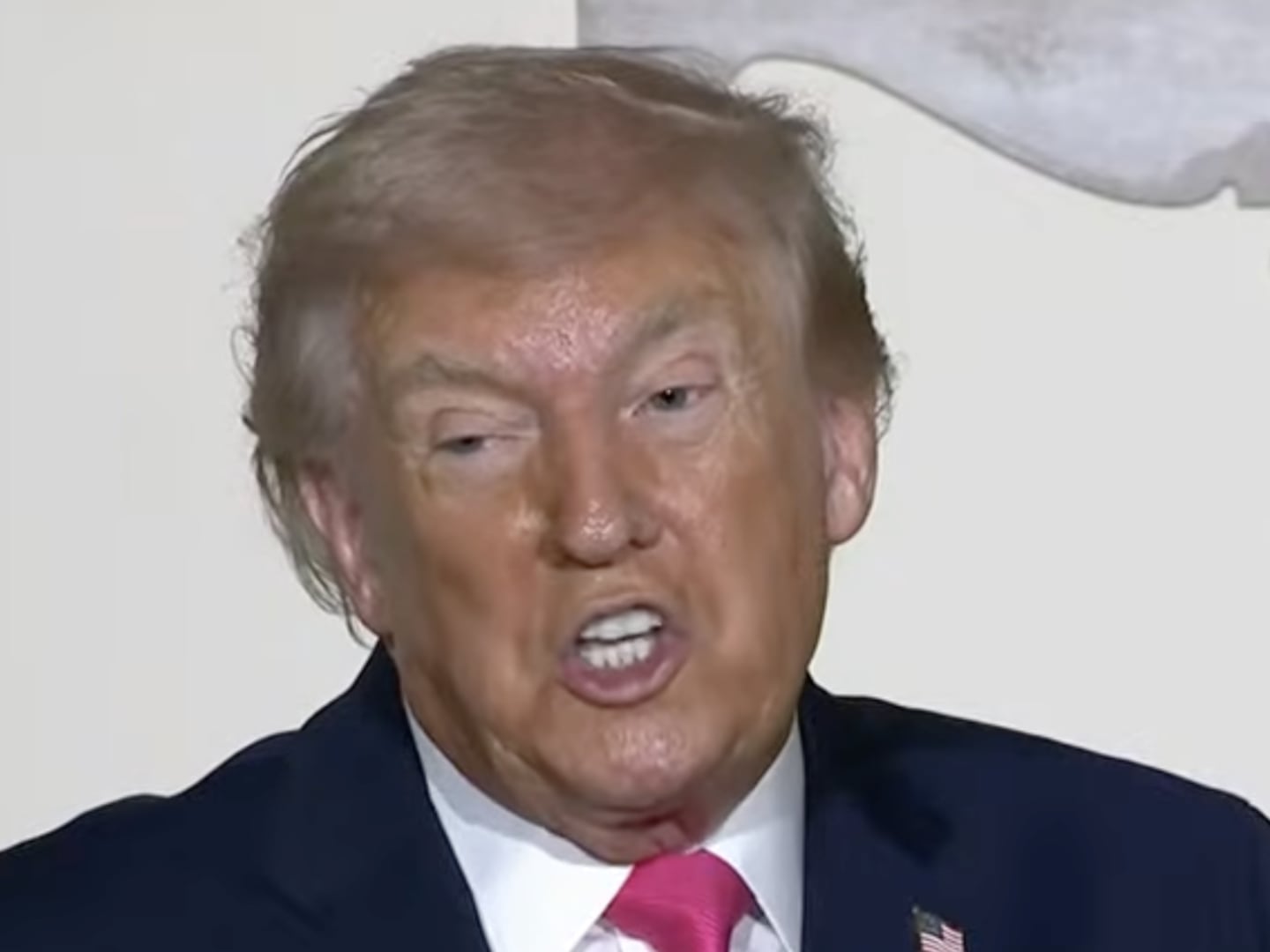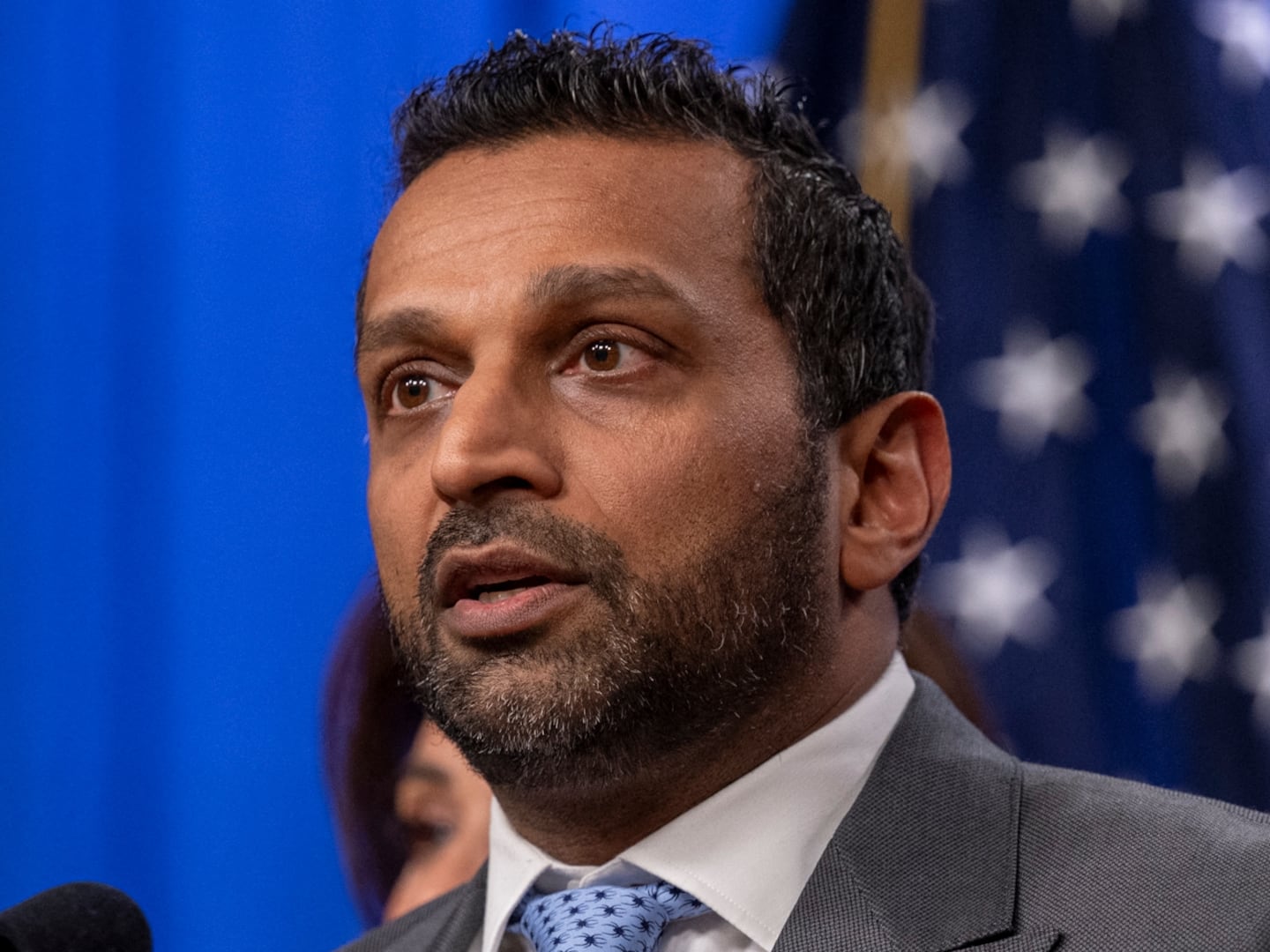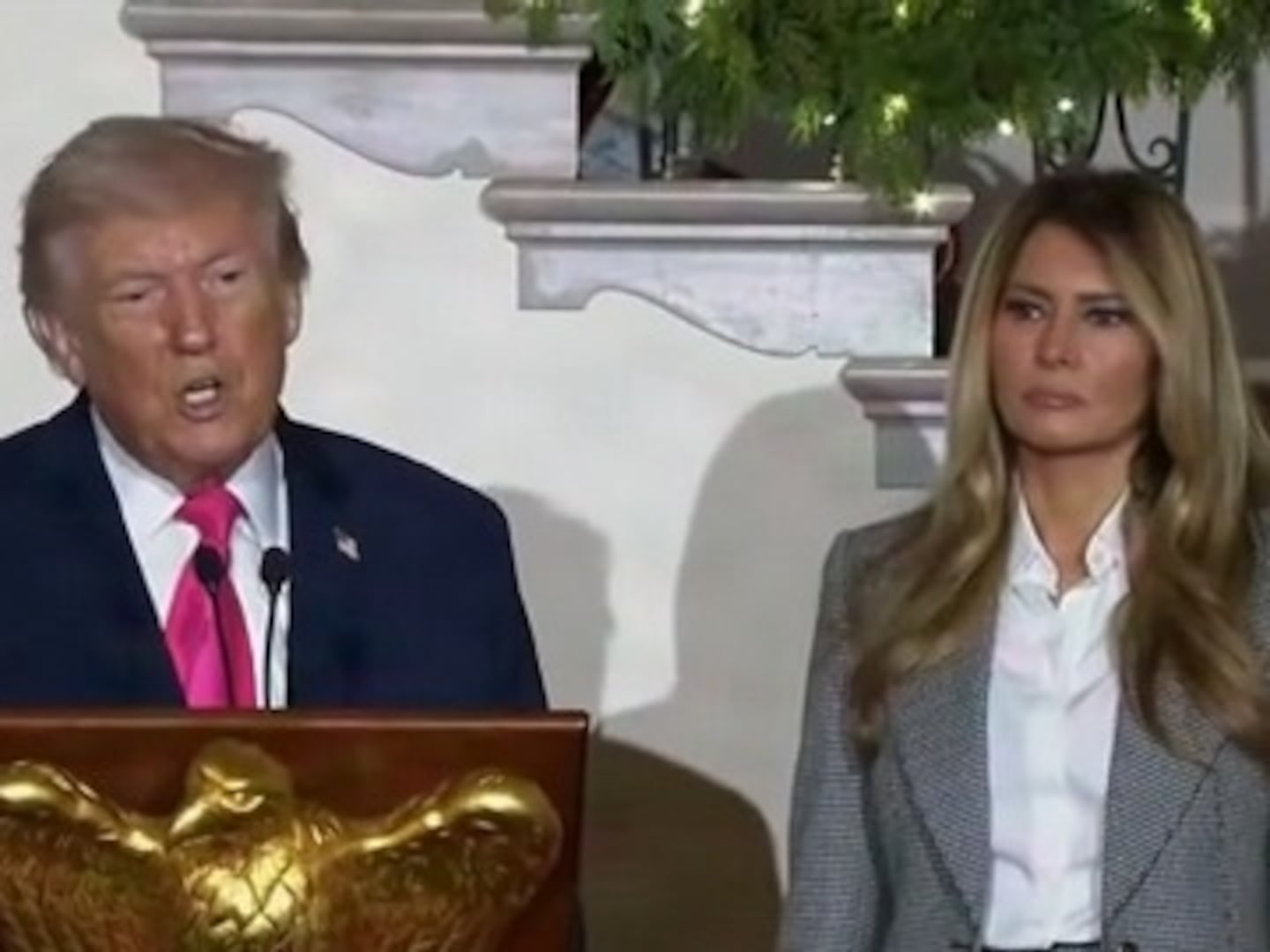
There are no famous faces in Marc Jacobs’ forthcoming campaign for Marc, the fashion mogul’s diffusion line of eclectic, art school-style prêt-à-porter. And there isn’t much to distinguish it from your average fashion ad: an elfish young thing with milky skin and dyed blue hair, wearing an oversized plaid bow as a top; a reedy, scarlet-haired boy in voluminous black shorts and matching Karate gi. But the campaign has brought attention to Jacobs’ brand, with breathless media reports of the designer’s democratic decision to cast “real people” in his campaign.
During one week in April, some 70,000 Marc Jacobs fans and aspiring models posted well-curated photos of themselves on Instagram, appended with the quasi-desperate hashtag #CastMeMarc. Jacobs and casting director Anita Bitton, along with the brand’s creative directors Luella Bartley and Katie Hillier, selected 30 finalists, ultimately settling on nine faces from disparate backgrounds and locations. The winners would feature in advertisements for Jacob’s Fall/Winter 2014 campaign, which will debut in the August issue of Teen Vogue.
“It seemed like a great idea to me, as casting through Instagram seemed cool, current and strong,” Jacobs told Women’s Wear Daily. “We wanted the ads to shout with youth and energy … to be fresh and reclaim the spirit that the collection had when we first conceived of it—to be another collection, not a second line.” According to Jacobs, “the credibility of the cast and the approach to casting the ads transmit a current social lifestyle that doesn’t play into other clichés… And totally feels like our company—a cast of colorful and dynamic characters.”
It was a well-played PR stunt; Jacobs accumulated plenty of free press for—let’s be honest—finding pretty people on the Internet.
And the media ate it up, praising the campaign’s diversity and selection of “real people” (apparently paid models aren’t actually human). It’s unclear whether these very real and authentic people are being paid as much (if at all) as previous faces of Marc by Marc campaigns—which includes unreal people like M.I.A. and Dakota Fanning—though we can assume that they are being compensated mostly in flattery and social cache. A helping of free PR, all while skillfully avoiding the exorbitant day rate of British fashion model Daisy Lowe.
In fact, most media outlets celebrating the Instagram stunt seem to have forgotten a previous bit of controversy the designer provoked when, in 2012, a Jacobs model complained that she was paid in “trade, not cash,” for hours of work during Fashion Week. Jacobs responded to the criticism on Twitter: ““Models are paid in trade [clothes]. If they don’t want to work w/us, they don’t have to.” (Jacobs and his team could not be reached for comment when asked how the models in the #CastMeMarc campaign were compensated.)
Rather than bartering with up-and-coming models, Jacobs has joined the talent show tradition with his new campaign, appealing to America’s obsession with the triumph of the amateur (think of wildly successful television shows like Project Runway and X-Factor). Indeed, there’s a lucrative business in the democratization of elite worlds, and Jacobs has breathed life into a dying brand with a casting method that breaks down traditional barriers to entry—despite the still long odds of being cast.
But the faces of the forthcoming Marc by Marc campaign don’t subvert beauty paradigms. They may be unconventionally pretty, but they’re still pretty. And Jacobs doesn’t deserve a medal for casting non-models as models. Sure, he’s making people feel good and being patted on the back by the media—all while cutting out expensive modeling agencies and getting cheap labor in the process.
